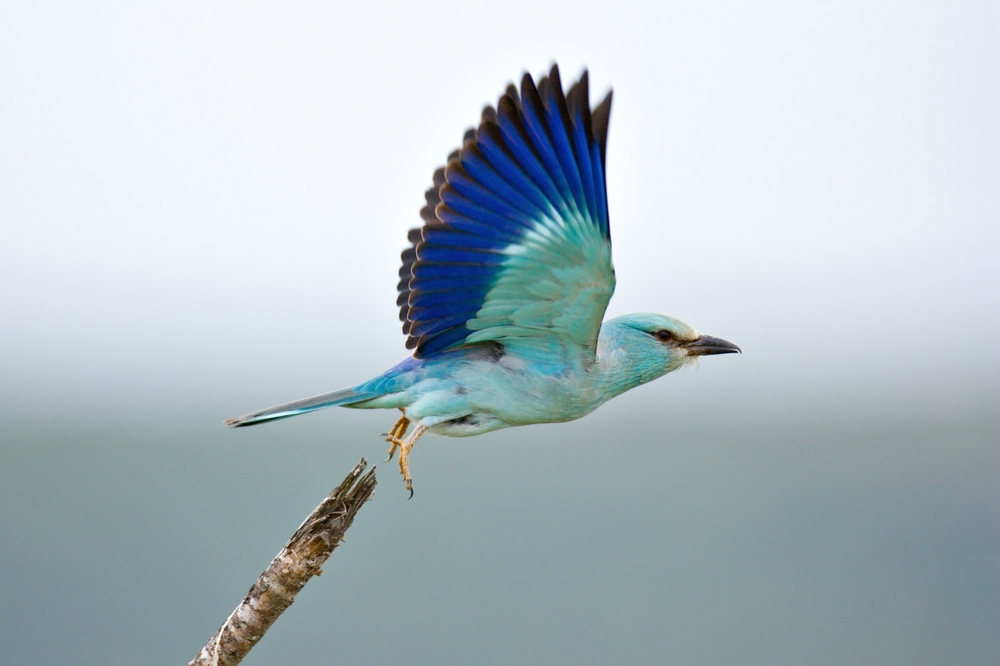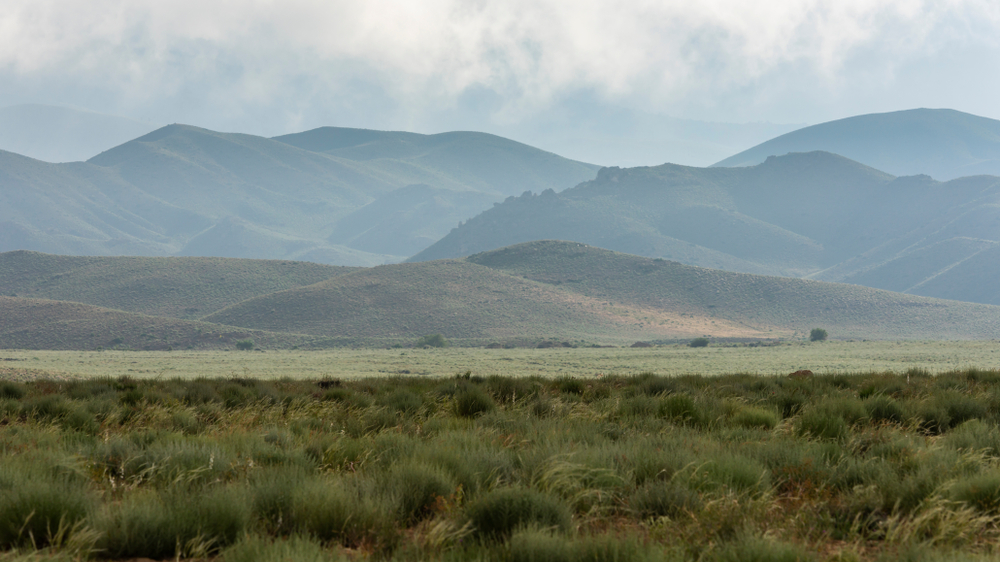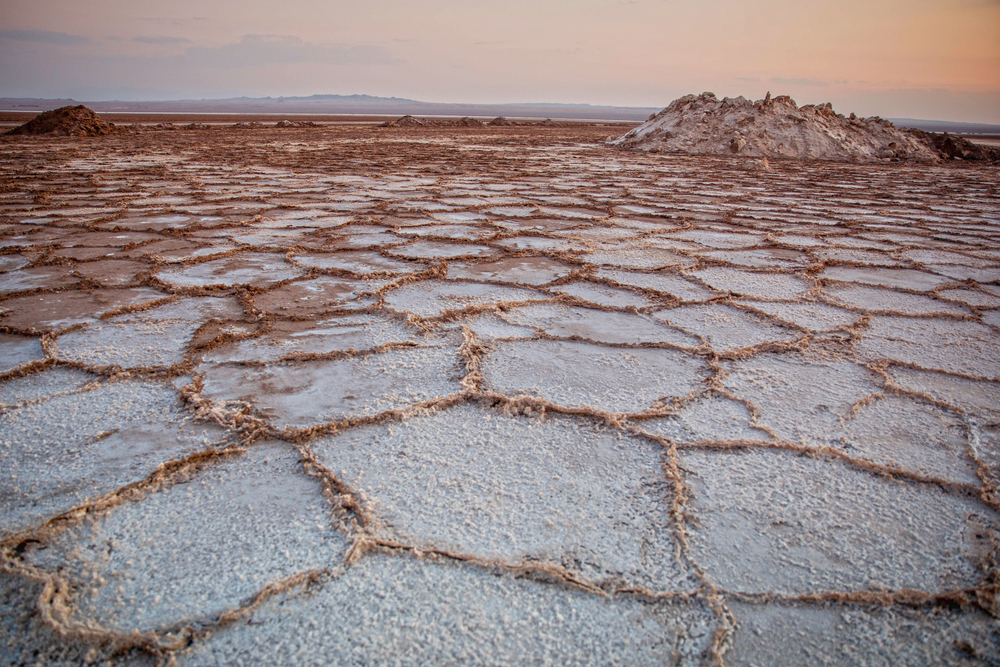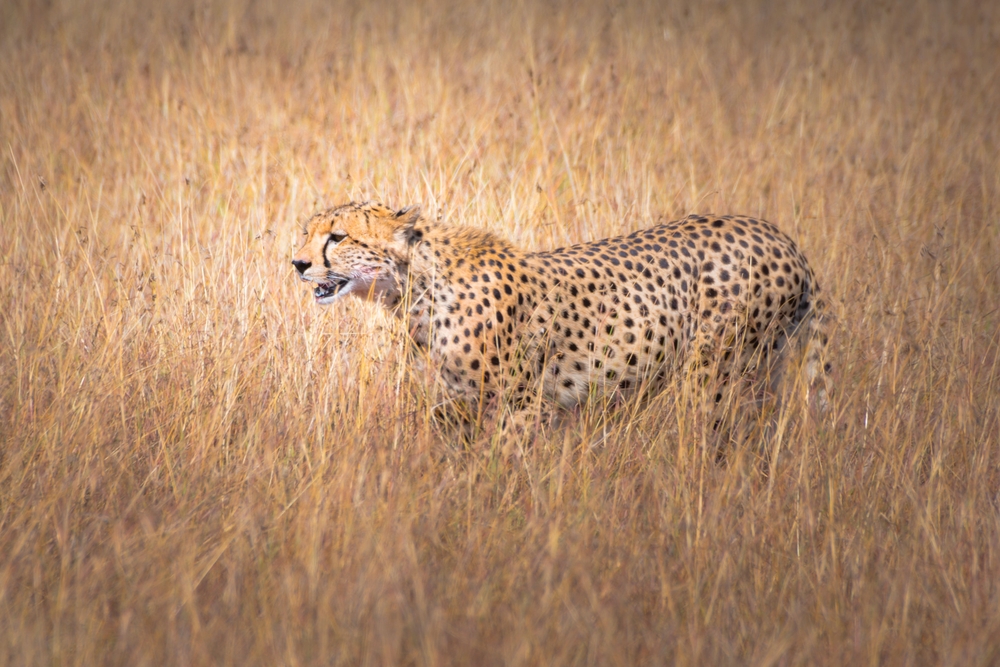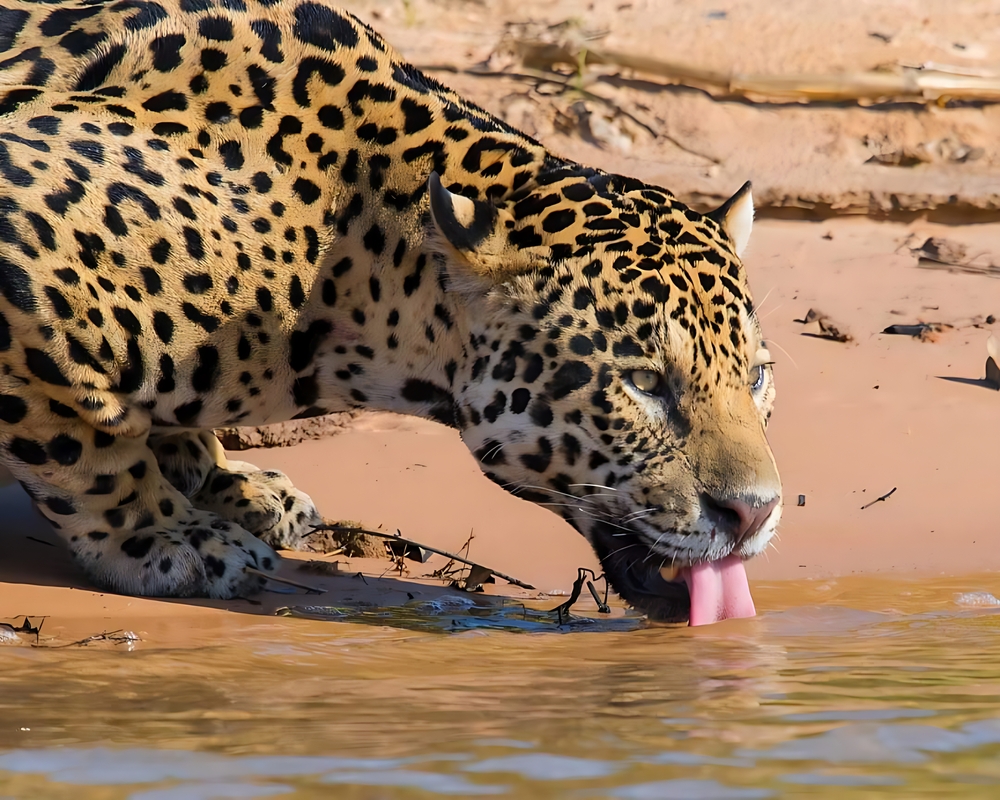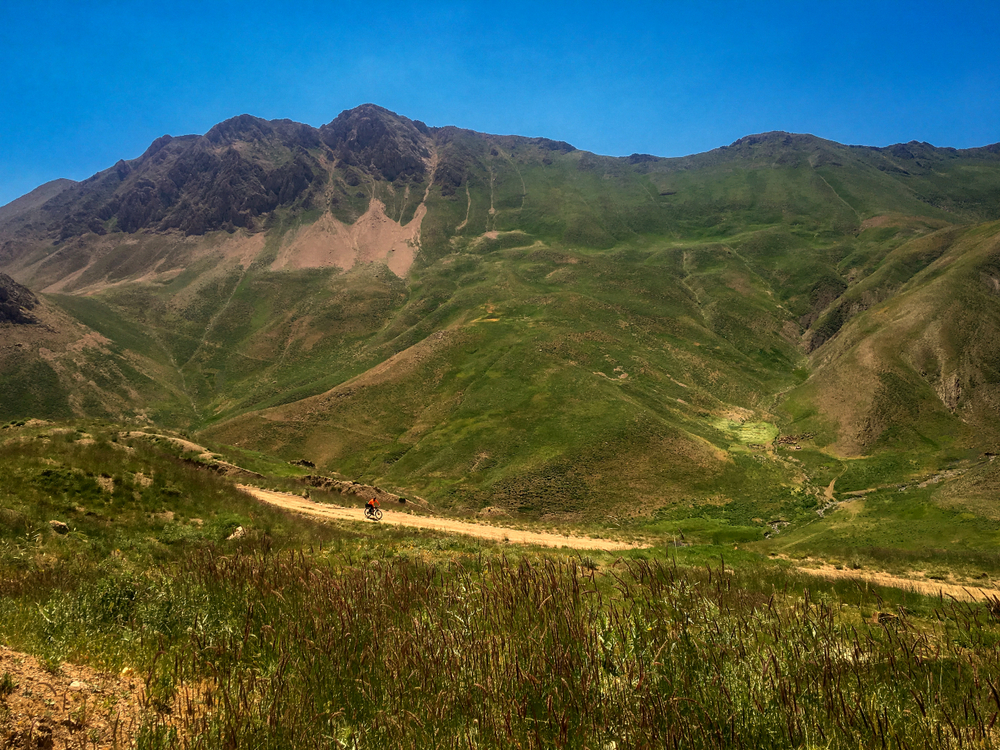Tandooreh Overview
Tandooreh National Park, known locally as پارک ملی تندوره, is a breathtaking natural preserve located in the northeastern corner of Iran, near the border with Turkmenistan. Spanning an impressive 218 square miles (565 square kilometers), this park is a sanctuary of untouched beauty within the Kopet Dag mountain range.
Its rugged terrain features dramatic cliffs, rolling hills, and deep valleys carved by ancient rivers, offering a stunning blend of topographical diversity. The park’s vegetation ranges from lush riparian forests to open grasslands, interspersed with juniper trees, almond shrubs, and various wildflowers that burst into vibrant colors during spring.
Tandooreh’s terrain is shaped by the meandering of the Deraz-e-Ali River, which cuts through its valleys and feeds small waterfalls and streams, creating an idyllic setting for visitors to explore. The park’s high peaks and steep cliffs provide unparalleled vistas of the surrounding countryside, while the diverse landscapes create distinct microhabitats that support a variety of plant and animal life.
Wildlife enthusiasts visiting Tandooreh National Park are treated to a rich array of fauna. The park is renowned for its population of Persian leopards, one of the region’s most iconic and endangered species. Other mammals, such as wild goats, urials (wild sheep), and gazelles, roam the rugged hillsides and plains. Predators like wolves and hyenas also inhabit the area, maintaining the delicate balance of its ecosystem.
The park is also a haven for bird watchers, with species such as golden eagles, vultures, and the colorful Eurasian roller frequently spotted soaring above the cliffs or nesting in the park’s craggy outcrops.
Popular features of Tandooreh National Park include its panoramic hiking trails, which offer opportunities to experience the area’s stunning views and immerse oneself in its serene wilderness. The park is also a favorite destination for nature photographers, drawn by the dramatic interplay of light and shadow across the landscape.
Cultural history buffs may appreciate the nearby villages that reflect traditional ways of life, with architecture and practices that have been preserved for centuries.
Visitors to Tandooreh typically engage with the park through guided tours, wildlife observation trips, or self-guided hikes along its well-marked trails. Camping is another popular activity, allowing adventurers to fully experience the tranquility of the park’s natural surroundings. However, the rugged terrain demands proper preparation and equipment for those venturing deeper into the park’s wilder reaches.
Tandooreh faces conservation challenges, such as habitat fragmentation and the risk of poaching, which threaten its biodiversity. However, efforts by local authorities and conservation organizations have yielded significant successes, including the stabilization of key wildlife populations like the Persian leopard. The park is also part of environmental education programs aimed at raising awareness about the importance of preserving this unique ecosystem.








































































